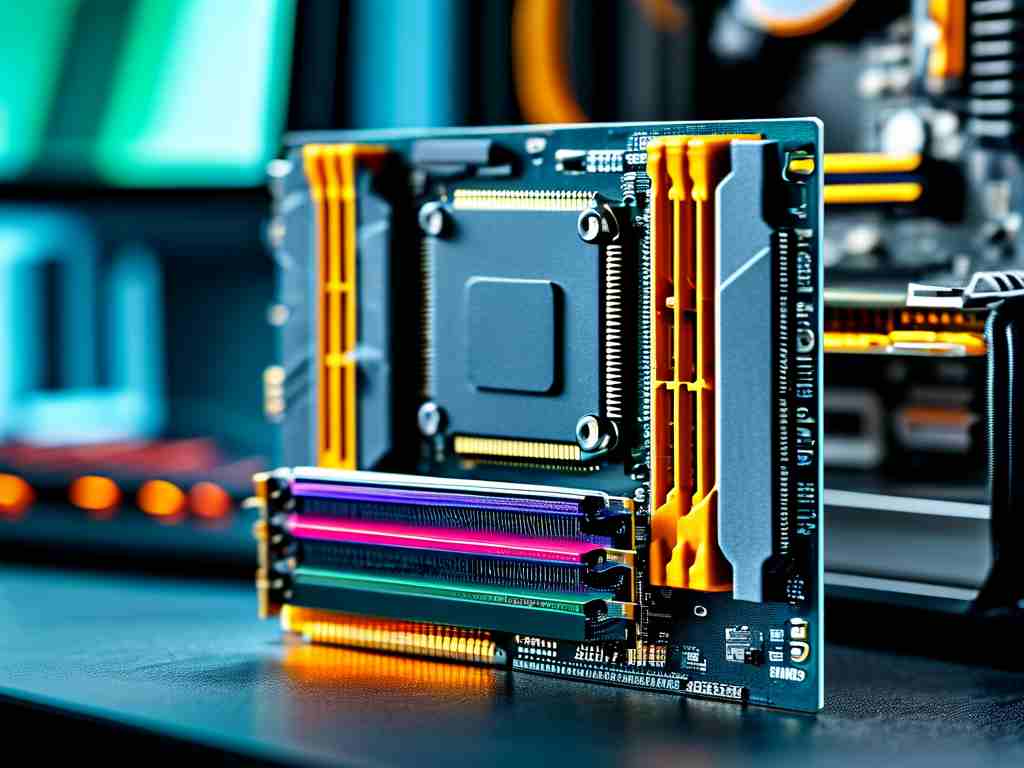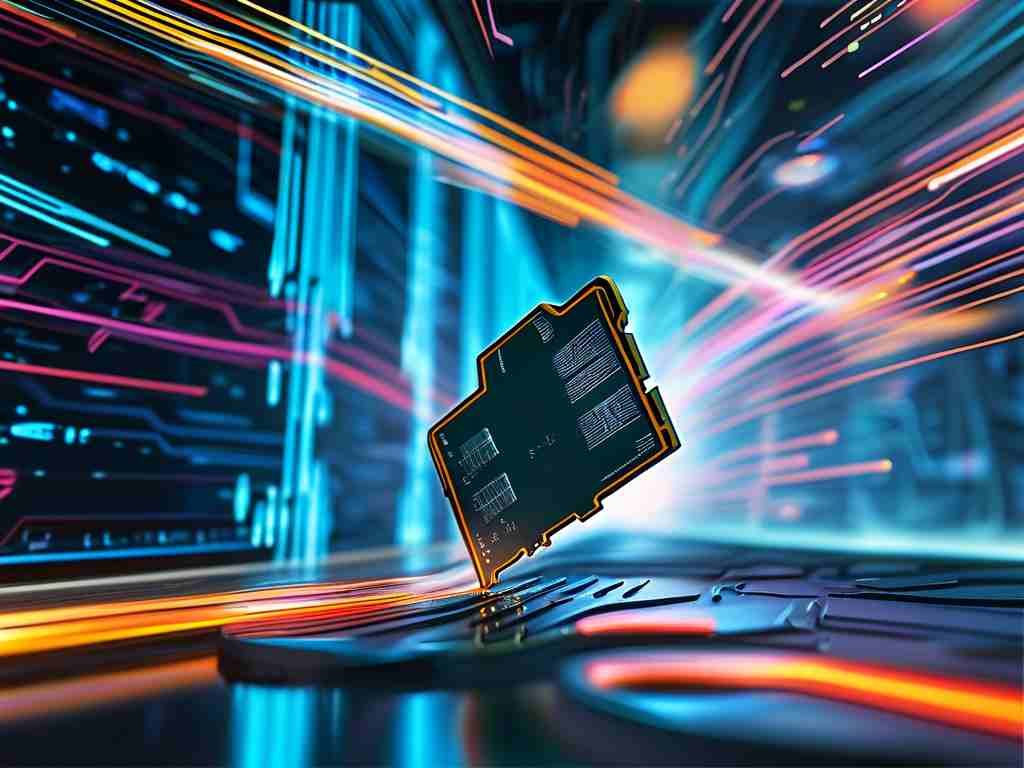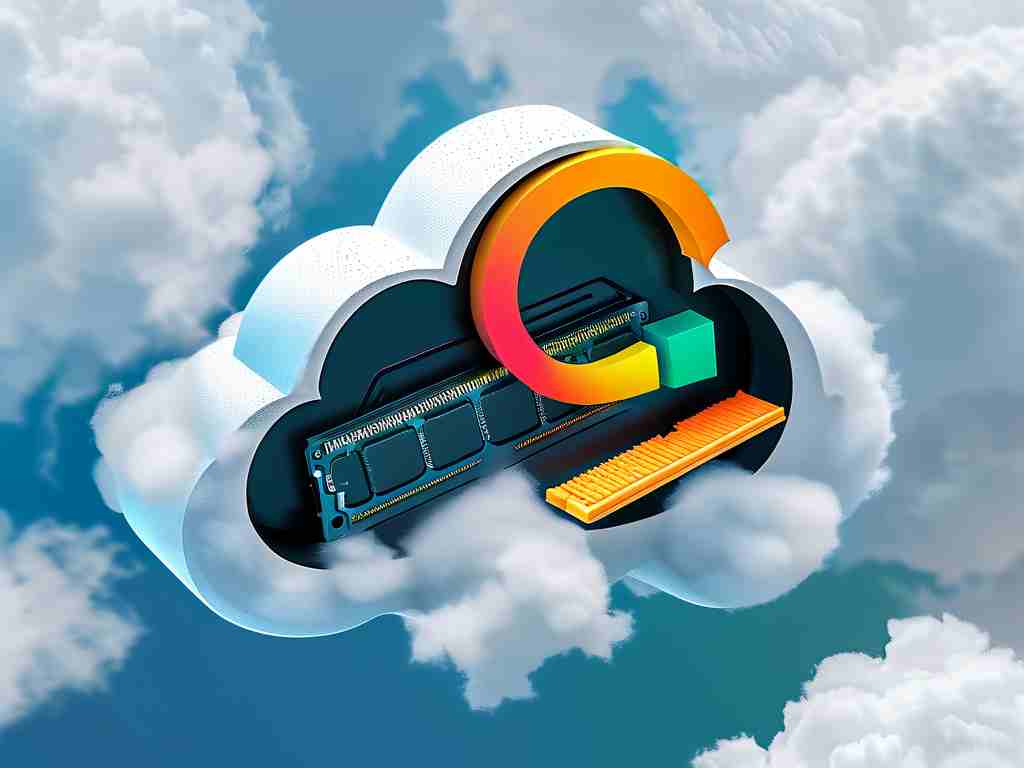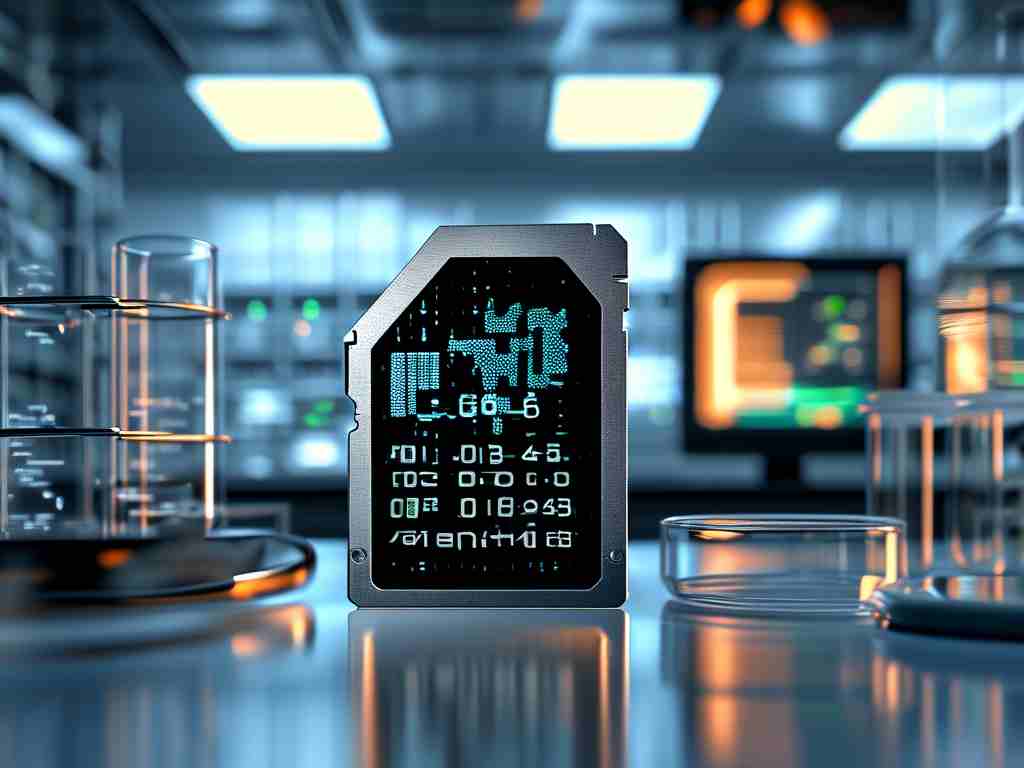Computer memory interfaces play a critical role in determining how data is transferred between a system’s memory and its processor. These interfaces vary in design, speed, and compatibility, catering to diverse computing needs. This article delves into the primary types of memory interfaces and their unique functionalities, offering insights into their applications across devices.

Understanding Memory Interface Fundamentals
A memory interface acts as a communication bridge between a computer’s central processing unit (CPU) and its memory modules. Its primary function is to facilitate rapid data exchange, ensuring that the processor can access stored information efficiently. The design of these interfaces directly impacts system performance, influencing factors such as latency, bandwidth, and power consumption. Over the years, advancements in interface technology have driven improvements in computing speed and multitasking capabilities.
Common Types of Computer Memory Interfaces
-
DDR SDRAM Interfaces
Double Data Rate Synchronous Dynamic Random-Access Memory (DDR SDRAM) interfaces are among the most widely used in modern computing. These interfaces support high-speed data transfer by enabling two data transactions per clock cycle. DDR generations—such as DDR4 and DDR5—continue to evolve, offering increased bandwidth and reduced power consumption. They are commonly found in desktops, laptops, and servers, balancing performance with cost-effectiveness. -
GDDR Interfaces
Graphics Double Data Rate (GDDR) interfaces are optimized for graphics processing units (GPUs). Designed to handle large volumes of data simultaneously, GDDR6 and GDDR6X variants provide exceptional bandwidth for rendering high-resolution visuals and supporting AI-driven workloads. These interfaces are critical for gaming consoles, video editing workstations, and data centers requiring parallel processing power. -
LPDDR Interfaces
Low-Power DDR (LPDDR) interfaces prioritize energy efficiency, making them ideal for mobile devices like smartphones and tablets. LPDDR4X and LPDDR5 technologies minimize power usage while maintaining adequate performance for everyday tasks. Their compact design and thermal efficiency also make them suitable for embedded systems and IoT devices. -
HBM Interfaces
High Bandwidth Memory (HBM) interfaces stack memory dies vertically, significantly reducing physical space while maximizing data throughput. HBM2 and HBM3 are popular in high-performance computing (HPC) environments, such as AI accelerators and supercomputers, where rapid data access and minimal latency are paramount.
Functional Roles of Memory Interfaces
- Speed Optimization: Interfaces like DDR5 and GDDR6X enhance data transfer rates, enabling faster application loading and smoother multitasking.
- Power Management: LPDDR variants reduce energy consumption, extending battery life in portable devices without compromising functionality.
- Scalability: HBM’s vertical stacking allows for denser memory configurations, supporting complex computational tasks in compact systems.
- Compatibility: Modern interfaces often include backward-compatible designs, ensuring seamless integration with older hardware components.
Emerging Trends in Memory Interface Technology
As computing demands grow, memory interfaces are evolving to address challenges such as heat dissipation and signal integrity. For instance, DDR5 introduces on-die error correction and improved voltage regulation, enhancing reliability in data-intensive applications. Meanwhile, HBM3 is pushing the boundaries of bandwidth, targeting next-gen GPUs and machine learning frameworks.
Another notable trend is the integration of non-volatile memory technologies like 3D XPoint into hybrid interfaces. These solutions aim to blur the line between traditional RAM and storage, offering persistent memory capabilities that retain data even during power loss.
Choosing the Right Memory Interface
Selecting an appropriate memory interface depends on the target application. Gamers and content creators might prioritize GDDR for its graphical prowess, while enterprise servers could benefit from DDR5’s balance of speed and error handling. Developers of wearable tech, on the other hand, may opt for LPDDR to maximize energy savings.
Computer memory interfaces are the unsung heroes of modern computing, enabling the seamless flow of data that powers everything from smartphones to supercomputers. By understanding their types and functions, users and developers can make informed decisions to optimize performance, efficiency, and scalability. As technology advances, these interfaces will continue to shape the future of computing, driving innovation across industries.









